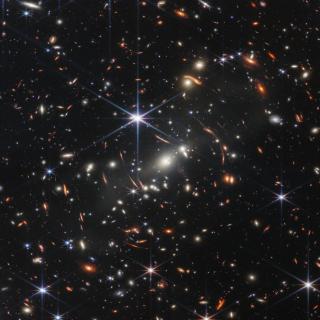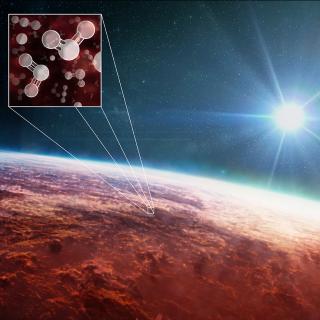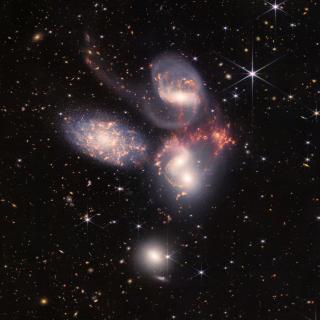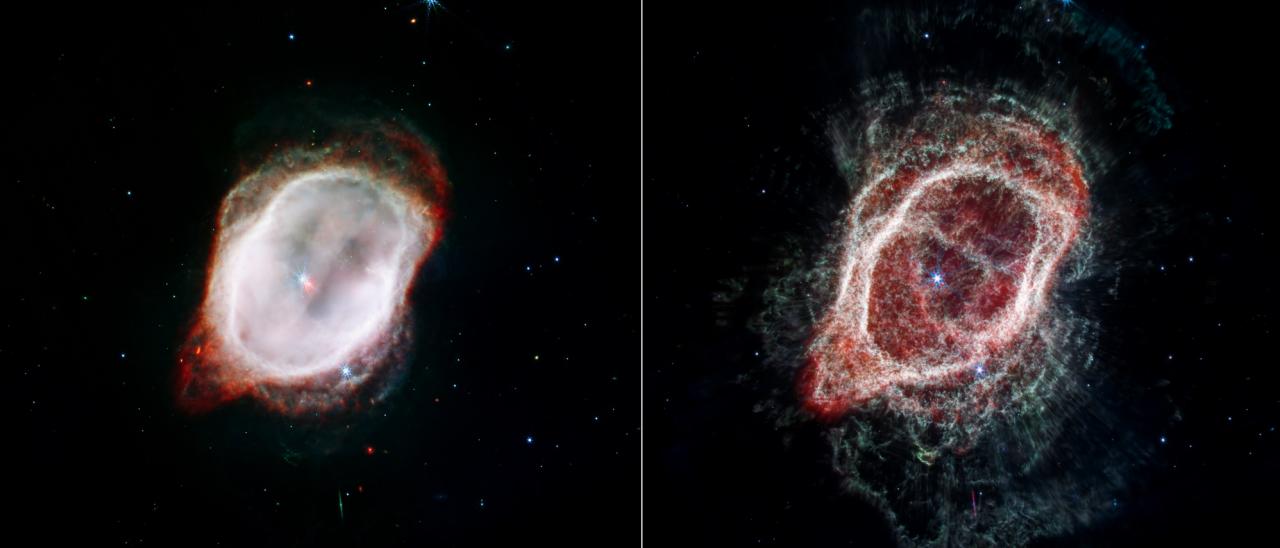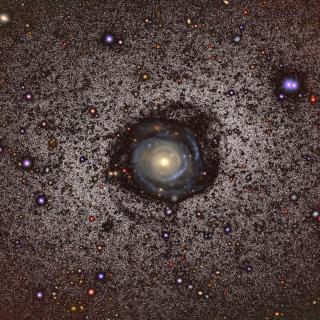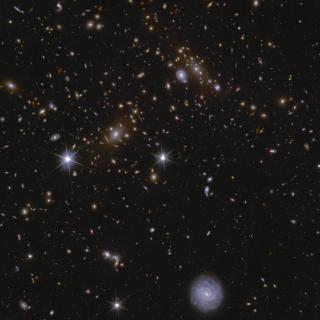The first data show there were at least two, and possibly three, more unseen stars that crafted the oblong, curvy shapes of the Southern Ring Nebula. In addition, for the first time, combining infrared images from James Webb Space Telescope (JWST) with existing data from ESA’s (European Space Agency’s) Gaia observatory, researchers were able to determine the precise mass of the central star before the nebula was formed. In this study, led by Macquarie University in Sydney (Australia), around 70 researchers have participated, among them scientists from the Instituto de Astrofísica de Canarias (IAC), who have analyzed some ten images in great detail obtained with the JWST. The article made the front cover of the December issue of Nature Astronomy.
“With Webb, it’s like we were handed a microscope to examine the universe,” says Orsola De Marco, a researcher at Macquarie University who has led the study. “There is so much detail in its images. We approached our analysis much like forensic scientists to rebuild the scene.”
To reconstruct the scene and project how the shapes in this nebula may have been created, scientists first calculated its initial mass, finding that the central star was nearly three times the mass of the Sun before it ejected its layers of gas and dust. After those ejections, it now measures about 60 percent of the mass of the Sun.
The team then focused on determining what might explain the shapes of the colorful clouds of gas and dust, going back thousands of years in time. While some stars eject their layers alone, the results suggest that there were some companions that may have joined the central star before it began to create the South Ring nebula.
“This star is now smaller and hotter, but is surrounded by cool dust,” says Verónica Gómez Llanos, a researcher at the IAC and another team member. “We think all that gas and dust we see thrown all over the place must have come from that one star, but it was tossed in very specific directions by the companion stars.”
Before the dying star shed its layers, the team proposes that it interacted with one or even two smaller companion stars. During this intimate “dance,” the interacting stars may have launched two-sided jets, which appeared later as roughly paired projections that are now observed at the edges of the nebula. “This is much more hypothetical, but if two companions were interacting with the dying star, they would launch toppling jets that could explain these opposing bumps. The dusty cloak around the dying star points to these interactions.” explains De Marco.
According to Arturo Manchado, researcher at the IAC and co-author of the paper, "the reason why these companion stars are now invisible could be because they are either dim enough to hide, camouflaged by the bright lights of the two central stars, or have merged with the dying star."
But the complex shapes of the Southern Ring Nebula are more evidence of additional unseen companions – its ejections are thinner in some areas and thicker in others. A third closely interacting star may have agitated the jets, skewing the evenly balanced ejections like spin art. In addition, a fourth star with a slightly wider orbit might have also “stirred the pot” of ejections, generating the enormous set of rings in the outer reaches of the nebula.
From the IAC, in addition to Verónica Gómez and Arturo Manchado, the researchers Romano Corradi, Aníbal García Hernández, Jorge García Rojas and David Jones have collaborated in this publication.
El JWST is an international program led by NASA with its partners, ESA (European Space Agency) and CSA (Canadian Space Agency).
Article: De Marco, O. et al: "The messy death of a multiple star system and the resulting planetary nebula as observed by JWST", Nature Astronomy, Dic. 2022. DOI: https://doi.org/10.1038/s41550-022-01845-2
Contact at thel IAC:
Arturo Manchado, amt [at] iac.es (amt[at]iac[dot]es)
